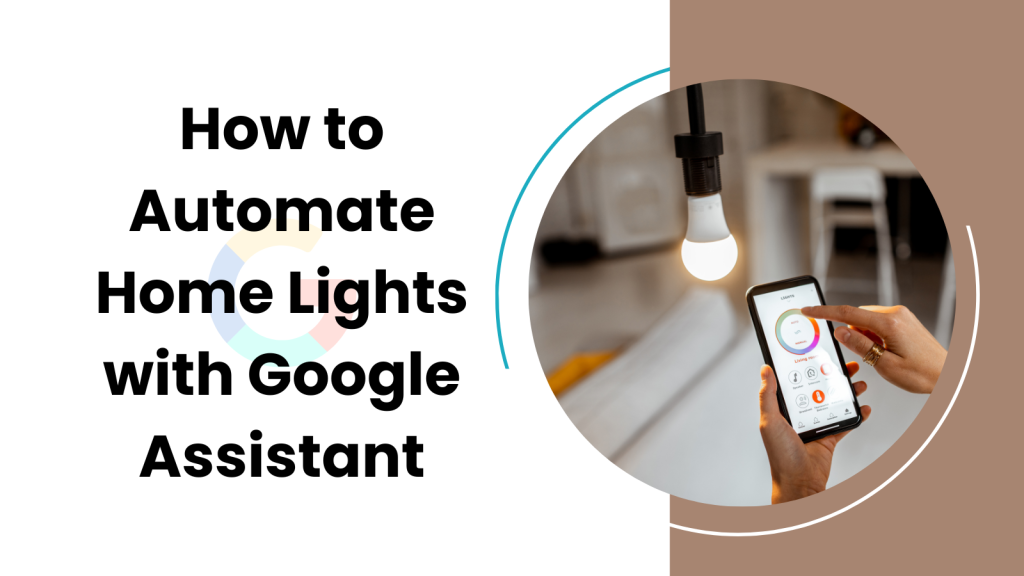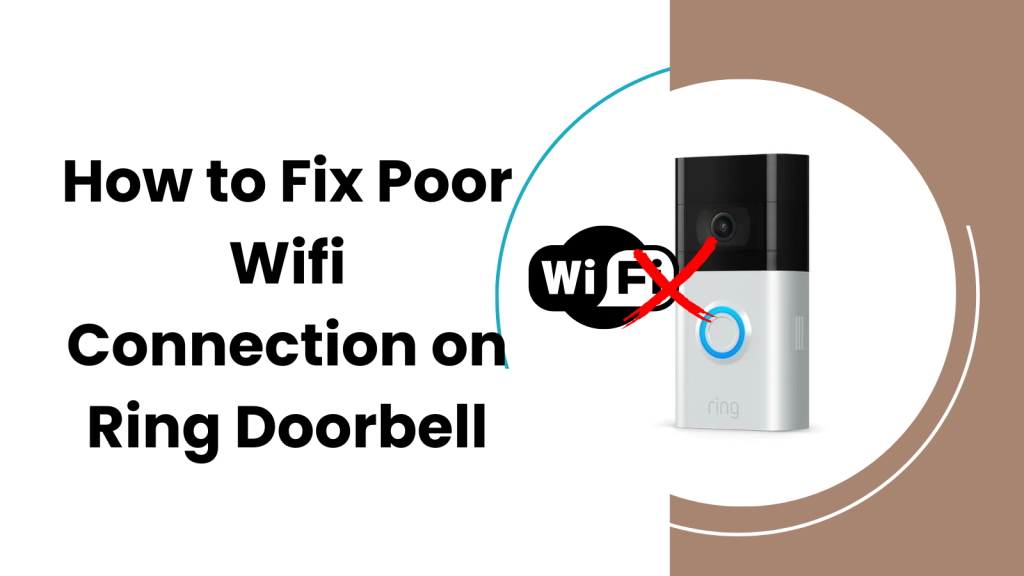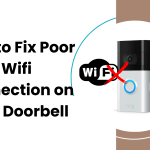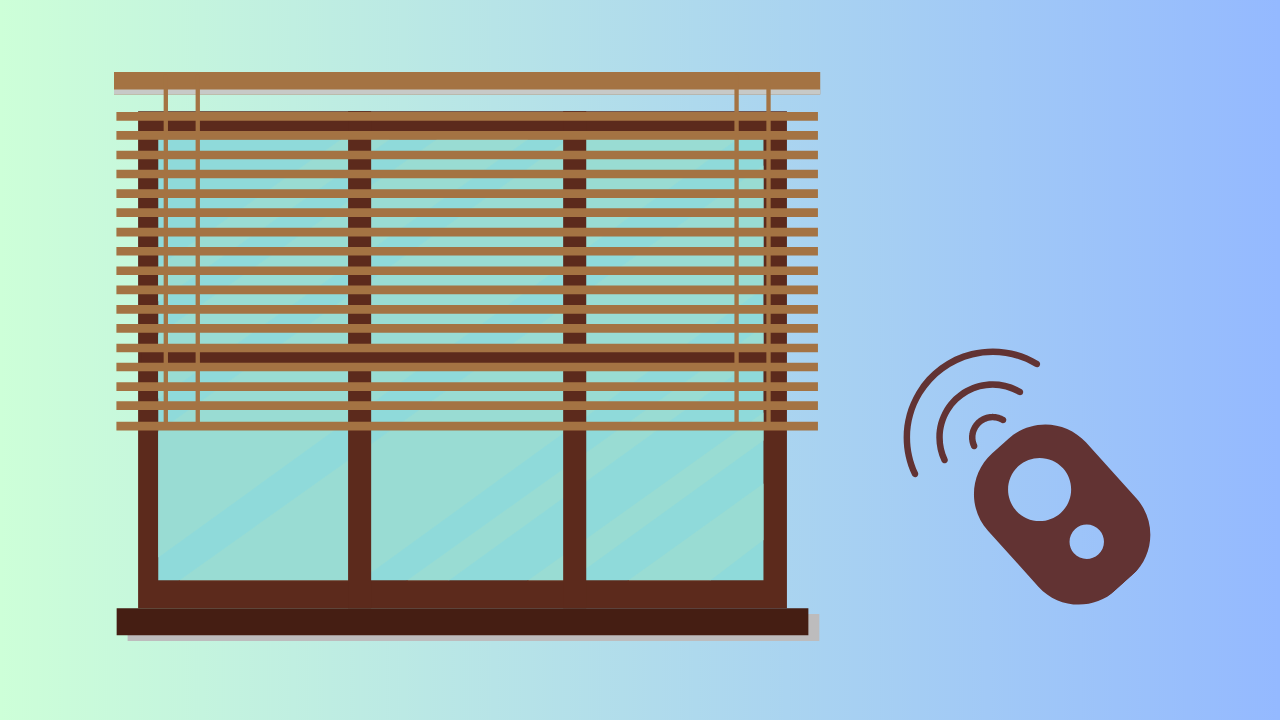
We’ve all had that moment – you’re settled comfortably on your couch, the perfect movie is about to start, and suddenly, the sun decides to make a dazzling appearance, casting a bright glare on your screen. Or perhaps, it’s early morning, and you wish you could block out that first light of day without having to leave your cozy bed.
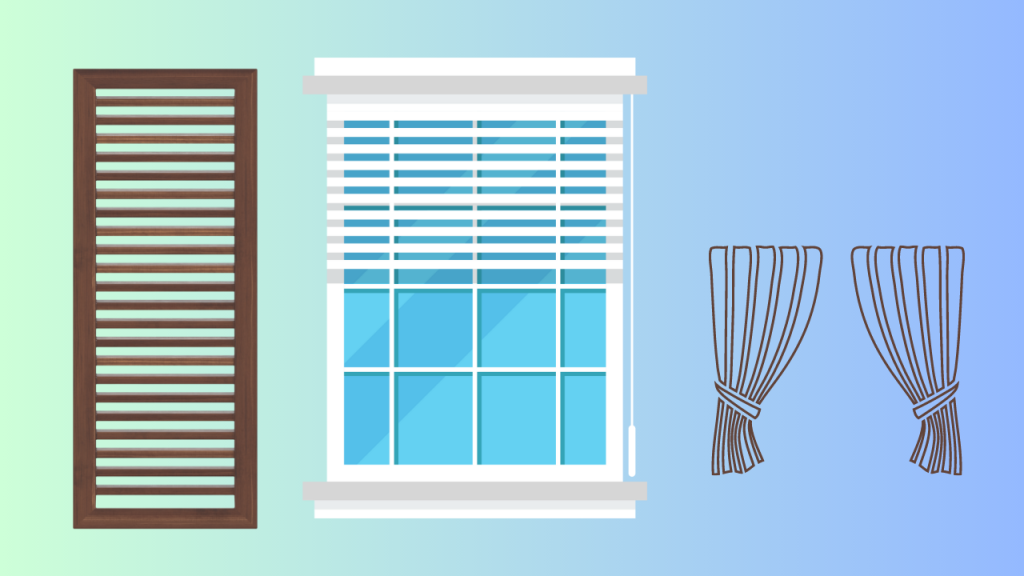
In moments like these, don’t you just wish you could control your window blinds with the mere touch of a button? Well, good news, it’s entirely possible!
Transforming your existing blinds into motorized ones is a brilliant way to add a touch of modern convenience to your home. And the best part? You don’t need to invest in brand new, expensive window treatments. This is a feasible project that can be tackled without needing a total overhaul.
What type of blinds can be motorized?
Motorizing blinds can be an excellent way to increase convenience and even improve the energy efficiency of your home.
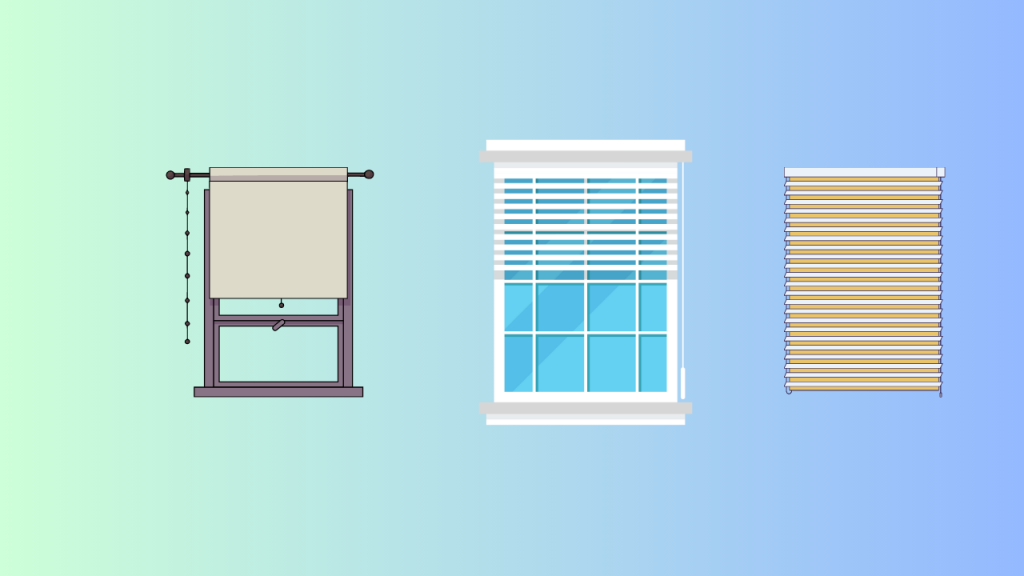
Roller Blinds: These are one of the most common types of blinds that can be motorized. The mechanism of a roller blind is relatively simple, and adding a motor to the tube at the top of the blind can automate the raising and lowering of the blind.
Venetian Blinds: Venetian blinds, also known as horizontal blinds, can be motorized to tilt the slats for light control. Some motorized systems can also raise and lower the blinds.
Vertical Blinds: Similar to Venetian blinds, vertical blinds can also be motorized. The motor can move the blinds side to side and rotate the slats to control light and privacy.
Roman Blinds: Roman blinds or shades can also be motorized. The motor pulls the cord to raise or lower the blind.
Cellular Shades: These energy-efficient blinds are perfect candidates for motorization. The shades can be raised or lowered with the touch of a button.
Pleated Shades: Much like cellular shades, pleated shades can also be motorized for easy control.
Blackout Blinds: These are ideal for bedrooms or home theaters where complete light blockage is necessary. Adding motorization can help ensure maximum light blockage when needed.
how to motorize existing blinds
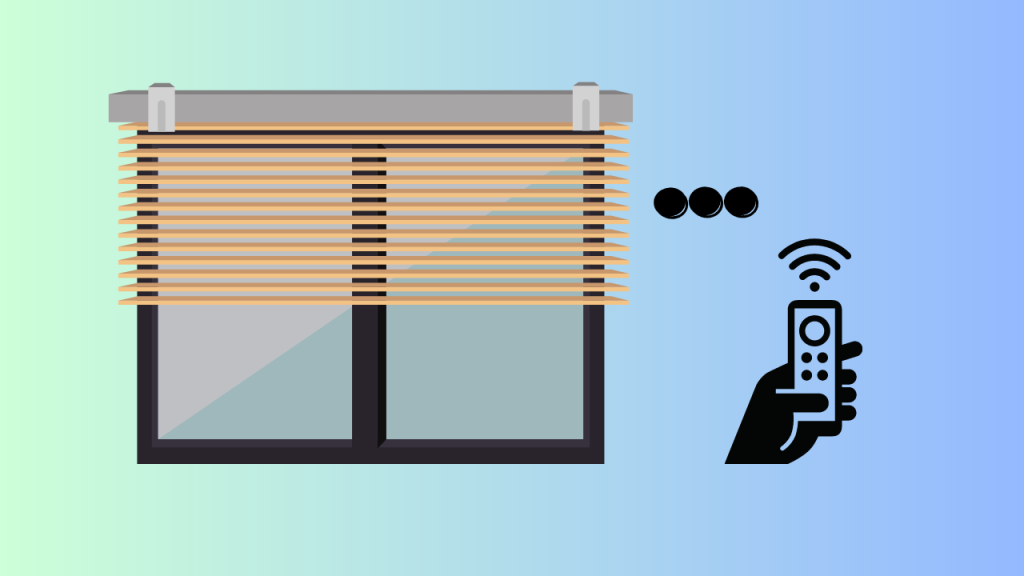
Step 1: Assess Your Blinds
Before you begin, take a close look at your blinds to ensure they are suitable for motorization. Most common types of blinds such as roller blinds, Venetian blinds, and vertical blinds can be motorized.
Make sure they are in good condition and the size is appropriate for motorization.
Step 2: Choose the Motorization System
Research and select a motorization system that suits your blinds and meets your requirements.
There are different options available, including battery-powered motors and hardwired motors that connect to your home’s electrical system. Consider factors like ease of use, functionality, and budget when making your choice.
Step 3: Measure and Prepare
Measure your blinds to determine the available space for the motor. Ensure that there is enough room to accommodate the motor without obstructing the blinds’ movement.
Remove any decorative elements or obstructions that may interfere with the motorization process.
Step 4: Install the Motor
Follow the manufacturer’s instructions for installing the motor. In most cases, you will need to attach the motor to the blinds’ mechanism or headrail.
Make sure the motor is securely fixed and aligned correctly to ensure smooth operation.
Step 5: Connect the Control System
Depending on the motorization system you chose, you will need to connect the control unit or remote receiver.
This will enable you to operate the blinds using a remote control, wall switch, or even a smartphone app. Follow the provided instructions to establish the connection properly.
Step 6: Test and Adjust
After installation, test the motorized blinds to ensure they function smoothly.
Check if the blinds open, close, or tilt as intended. If adjustments are needed, refer to the manufacturer’s instructions on how to fine-tune the motor’s settings or align the blinds properly for optimal performance.
Step 7: Power Source
If you opted for a battery-powered motor, insert the batteries or rechargeable power pack according to the manufacturer’s instructions.
For hardwired motors that require an electrical connection, it is recommended to consult an electrician to ensure safe and proper wiring.
Step 8: Operate and Enjoy
Once everything is set up and tested, you can start enjoying the convenience of your motorized blinds. Use the provided remote control, wall switch, or smartphone app to effortlessly raise, lower, or tilt the blinds to your desired position.
Wrap it up
With the right motorization system and careful installation, you can transform your regular blinds into convenient, automated window coverings. Motorizing your blinds offers a range of benefits, including increased convenience, improved energy efficiency, and enhanced control over light and privacy.
Whether you have roller blinds, Venetian blinds, vertical blinds, or other types, there are motorization options available for the most common blind types.


